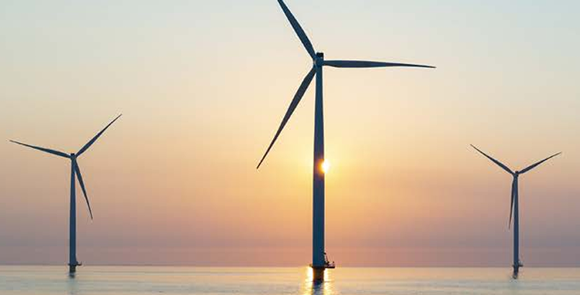US Department of Energy puts $45M into advanced manufacturing for wind and water energy
October 17, 2023

The US Department of Energy (DOE)’s Advanced Materials and Manufacturing Technologies Office (AMMTO) has announced a combined $45 million for two sets of projects which hope to produce innovate manufacturing processes for wind and water energy technologies as part of America’s clean-energy transition.
DOE’s Advanced Materials and Manufacturing Technologies Office (AMMTO) awarded $15 million to GE Research for a project to develop, build, and refine manufacturing practices of large-scale machinery to manufacture hydropower technology using Additive Manufacturing. AMMTO also awarded a combined $30 million for thirteen projects committed to advancing innovative practices that are intended to reshape the design, materials, and sustainability of manufacturing for wind turbine equipment.
GE Research’s near-net shape manufacturing project is expected to create an end-to-end suite of tools, including a digital foundry and robotic welding practices. This project has the potential to reduce the overall production costs of these enormous hydropower machines by 20% and lead times by four months. In addition, this technology will allow these technologies to be designed, built, and assembled in the United States.
The demand for enormous wind and water turbine components, such as hubs and bedplates, is estimated to increase at least fivefold in the next decade to meet America’s clean energy goals. As the US domestic manufacturing base continues to ramp up to meet these challenges, this funding will be used to increase the competitiveness of the domestic manufacturing base and strengthen America’s clean energy manufacturing supply chain. These selected projects will also support DOE’s priorities in advancing clean energy applications and energy savings through materials and manufacturing research and development and further support the Biden-Harris administration’s climate goals to deploy 30 gigawatts of offshore wind energy by 2030 and achieve a net-zero carbon economy by 2050.
Download Metal AM magazine

















